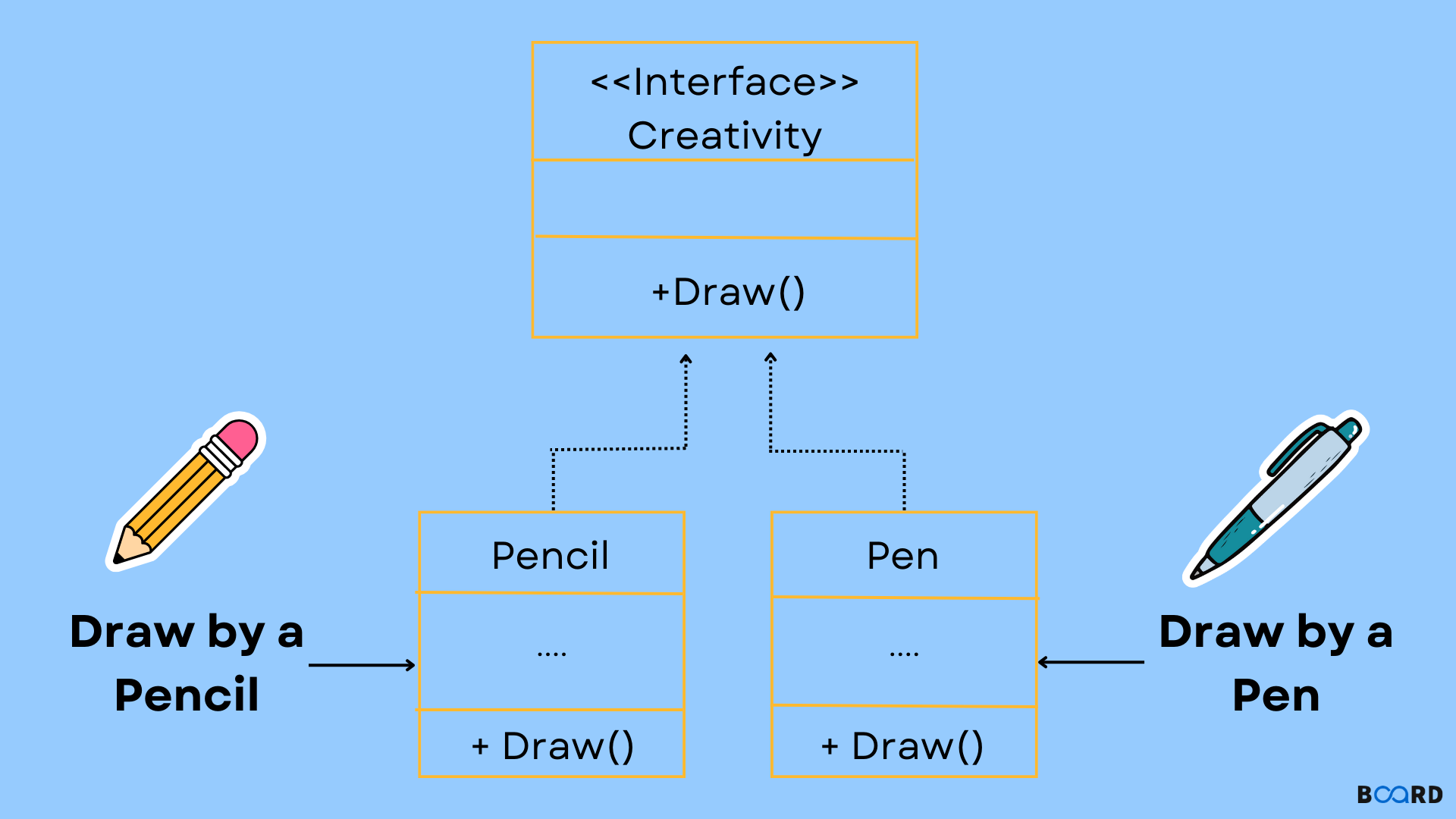Java Advanced Topics and Techniques
Java Design Pattern: Factory Method

Introduction
The construction of an object is discussed in this creational design pattern. According to the factory design pattern, establish an interface for producing objects (such as a Java interface or an abstract class) and allow the subclasses to choose which class to instantiate. A class may defer the instantiation to one or more concrete subclasses using the factory method in the interface. These design patterns fall under the topic of creational design patterns since they discuss the instantiation of an object. If we pay attention to the name of the method, the Factory method, we may deduce that it is a factory. In general, factories are involved in creational processes, and in this case, an object is being formed.
One of the finest methods for keeping object creation logic concealed from the client is this one.
Advantages
- The factory method pattern gives subclasses the option of selecting the kind of objects to produce.
- By removing the requirement to tie application-specific classes into the code, it encourages loose coupling. This implies that the code only interacts with the resulting interface or abstract class, allowing it to function with any classes that extend or implement that interface.
Usage
- when a class is unsure of the subclasses it will need to develop.
- When a class requests that the objects to be produced be specified by its subclasses.
- When the parent classes decide to create objects for their child classes.
Let's now examine the implementation.
Implementation
A Shape interface will be developed, along with actual classes that implement it. In the next stage, a factory class called ShapeFactory is defined.
ShapeFactory will be used by FactoryPatternDemo, our demo class, to obtain a Shape object. In order to obtain the right kind of object, it will pass ShapeFactory information (CIRCLE, RECTANGLE, or SQUARE).
Step 1: Build an interface.
Shapes.java
Step 2: Construct concrete classes that implement the interface.
Rectangle.java
Square.java
Circle.java
Step 3: Create a factory to produce concrete class objects using the supplied data.
ShapesFactory.java
Step 4: Utilize the factory to obtain concrete class objects by passing information like type.
FactoryPatternDemo.java
Step 5: Check up the output.
Actual instances:
In JDK, this design pattern has been widely employed, including
- Factory method design pattern is used in the getInstance() method of the Java.util.Calendar, NumberFormat, and ResourceBundle classes.
- Java employs this approach to assess the values using the function valueOf() method in all wrapper classes, including Integer, Boolean, and others.
- Some of their examples where the factory method design pattern has been employed include java.nio.charset.Charset.forName(), java.sql.DriverManager#getConnection(), java.net.URL.openConnection(), java.lang.Class.newInstance(), and java.lang.Class.forName().
Conclusion
We've learned so far what the Factory Method Design Pattern is and how to use it. I think we now have a good idea of the benefit of this design mechanism.
